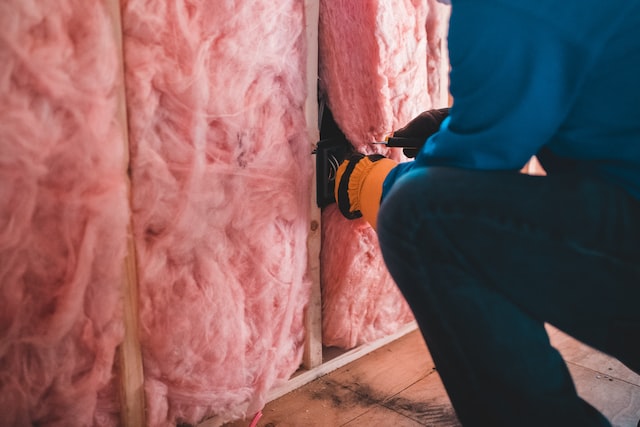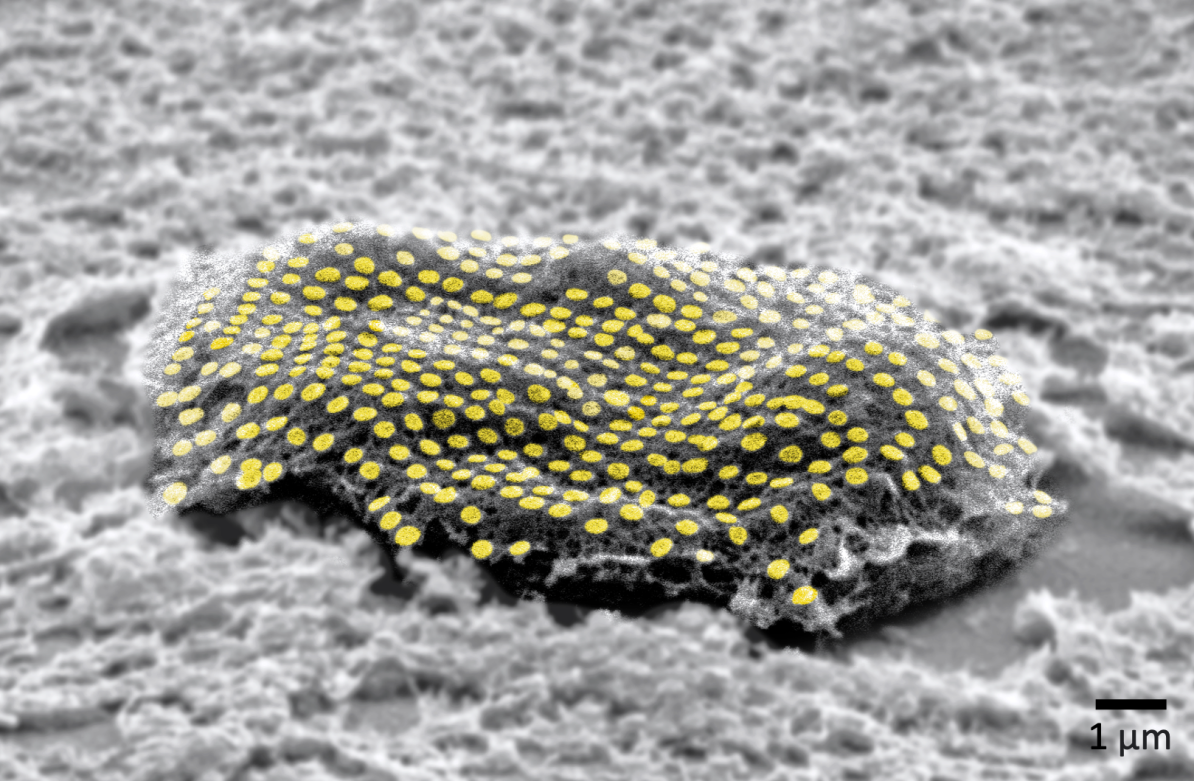Scientists have now developed a new portable, miniature laboratory, which can be utilized to search for extraterrestrial life. It can also be used to detect intergalactic variables and record data regarding life outside of Earth. This mechanical device has been named the “Chemical Laptop,” which can assist scientists in detecting particular organic signatures.
The inspiration for its development came from NASA’s Jet Propulsion Laboratory (JPL) in Pasadena, California. This scaled-down version of a laboratory will also collect material samples to be analyzed back on Earth.
Jessica Creamer, a NASA postdoctoral fellow based at JPL, explains the innovation regarding the new device by saying, “If this instrument were to be sent to space, it would be the most sensitive device of its kind to leave Earth, and the first to be able to look for both amino acids and fatty acids. Our device is a chemical analyzer that can be reprogrammed like a laptop to perform different functions.”
As explained by the scientists at the JPL, the device will be able to differentiate between organic and non-life sources. Amino acids are the main components of proteins and fatty acids that make up the cell membranes. Although these components are essential for life formation, they can also be found in non-organic compounds. The Chemical Laptop can differentiate between the left and right-handed amino acids.
Even though left and right-handed amino acids are the mirror-images of one another and contain similar chemical compounds, it is thought that Earth’s organic life evolved only from left-handed amino acids. However, this is a hypothesis and has not yet been proved by scientists.
Creamer explained this dilemma by saying, “If a test found a 50-50 mixture of left-handed and right-handed amino acids, we could conclude that the sample was probably not of biological origin. But if we were to find an excess of either left or right, that would be the golden ticket. That would be the best evidence so far that life exists on other planets.”
The differentiation between left and right handed amino acids is a complicated process due to their similarity in size and electric charge. Another difficulty concerning them is that the amino acid analysis method is not singular, which is why the researchers are more inclined towards finding the length of the carbon chains of these acids. This can determine which organisms are or were present.
The battery-powered device also has a separation channel in a microchip, which can analyze liquid samples injected into it. The collected samples will be mixed with additives that will transform the “handedness” of amino acids and decrease the time frame, during which left or right handed amino acids remain in the separation channel. The scientists are testing the device to put it into practical use.
In their statements, the research team said, “One ultimate goal is to put a detector like this on a spacecraft such as a Mars rover, so for our first test outside the lab we literally did that. This could also be an especially useful tool for icy-worlds targets such as Enceladus and Europa. All you would need to do is melt a little bit of the ice, and you could sample it and analyze it directly.”






